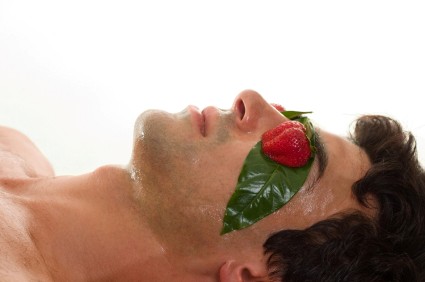Skin or chemical peels are useful for a multitude of skin problems. Chemical peels soften acne scars and control acne, and are well known to be especially effective on fine lines and wrinkles around the mouth, forehead and on crow’s feet.

While chemical peels are widely used for cosmetic reasons, did you know that chemical peels can also be used to remove pre-cancerous skin growths? In fact, if a chemical peel is deemed medically necessary,
your insurance most likely will pay for it!
Types of Chemical Peels
There are several types of face peels available, your cosmetic dermatologist can help you sort through the options and determine what is best for your face.
Alphahydroxy acids (AHA) are the mildest peel solutions and the quickest procedure. Some common AHAs are glycolic peels, lactic, or fruit acid peels. These are quick, mild and have a short recovery time period. They are used to treat areas of dryness, uneven skin tone, acne, and fine wrinkling.
These can be used daily in a low concentration in a skin wash. AHAs need to be used more often to maintain the result. AHA peels can be used anywhere on the body. Glycolic skin peels often require pretreatment with Retin-A.
Trichloroacetic acid (TCA) is a medium strength skin peel solution. Fine lines and wrinkles, acne and hyperpigmentation are all treated by a TCA peel. The results are middle of the road: more dramatic than an AHA peel, less dramatic than a phenol peel. The recovery time and is also right in the middle.
These are useful if you cannot do a phenol peel, but the results do not last as long. TCA peels can be used anywhere on the body and are preferable for darker skinned individuals.
Phenol peels are the deepest peels available, and the results are dramatic! Phenol peels are used for deep wrinkling, marked photoaging, precancerous growths, and blotchy skin tone. Phenol peels are not suitable for dark skinned individuals or individuals with heart disease.
Also, phenol peels are used only on the face, as scarring may result if it applied elsewhere on the body. Even on the face, phenol peels can results in bleached skin and a phenol peel will remove freckles.
Are Skin Peels Safe?
Chemical peels are widely used and accepted and performed every day without incident. However, no procedure is 100% foolproof. Side effects include stinging, redness, irritation, crusting, and with the deeper peels, increased sun sensitivity and uneven pigment changes.
To minimize your risk of side effects, always choose a well-qualified, board certified plastic surgeon to perform your skin peels. Look for a doctor who has experience in skin resurfacing.
It is important to note that in some states, no medical degree or training is required to perform a chemical peel. Know the laws for your state and do your research – ultimately, you are responsibility for the health of the skin on your face.
When you consult with your doctor, don’t hesitate to ask questions and ask to see before and after photos. Explain your expectations, and have your surgeon explain the procedure in detail. Knowledge will give you the power to make informed decisions about your skin.
